The P12 is all new, based on the P5, but rebuilt from the ground up. It features an ultra-low impedance analog power amplifier, pure DSD FPGA based sine wave generator, and the lowest distortion available in a Power Plant. The P12 is capable of powering most small to medium sized systems and bringing forth all that’s possible from your system ensuring you get the same great performance every time you listen.
The P12 includes 4 separate zones and 1250 watts of pure regenerated power, delivered to each receptacle through thick copper buss bars. From medium to large power amplifiers to the smallest pieces of source equipment, the P12 will work magic on your system’s performance. Many of the very best high-end system around the world rely on the P12 Power Plant for protection, purity, and performance.
With your system powered directly from the output of the P12, dynamics and openness are breathtaking. New voices, new harmonics and a renewed sense of musicality are yours the moment the P12 starts up. This is one of the most important pieces of audio equipment you can own, building a firm and reliable foundation for your system that will serve you for years to come.
The DirectStream P12 Power Plant takes your incoming AC power and converts it to DC, similar to what comes out of a battery, and then with patented PS Audio technology regenerates and produces new sine-wave-perfect, regulated high current AC power. In the process of regeneration any problems on your power line such as low voltage, distorted waveforms, sagging power, and noise are eliminated.
Since the introduction of Power Plant regenerator technology in 1997, many reviewers as well as many thousands of customers around the world have experienced for themselves just how critical and unique a Power Plant is; the term accessory doesn’t begin to describe its value. One of our customers, a long-time reviewer for one of the established audio journals, remarked that “Its the first component anyone serious about high-quality audio should get.”
It’s good to understand the importance of power in a high-end audio system. Everything we see and hear through our system is really the power from our home’s wall socket manipulated to make music through our speakers by our electronics. The quality of that power is critical to the success of any high-end system.
Legacy power conditioners
Traditional power conditioners have been widely available for several decades and range in price from a few dollars to multiple thousands of dollars.
Most power conditioners on the market today are passive filters. This means there are only passive parts inside such as capacitors, resistors, transformers and coils of wire. Power conditioners do not have the ability to add missing energy back onto the power line to correct for the serious issues in the AC, nor can they lower output impedance—critical to high-performance audio.
While some of the better respected high-end power conditioners do provide a significantly better sound and performance level for many systems, they are unable to address the fundamental problems found on the AC line. Unfortunately, this means they cannot ensure your listening and viewing experience will always be the same. Quite simply put, by relying on passive means to help the AC power, one relinquishes the security and reliability of a system running from a PS power plant.
The problems with power
AC power that is available in our homes is not perfect and is getting worse with time. Problems include fluctuating levels, noise, distortion, harmonics, unreliable performance during certain hours of the day and dynamic losses.
All AV equipment relies on this AC power to produce the music and video we listen to and watch in our systems. The quality of that AC power has a direct effect on the audio and image quality in a high-end system and without steady, perfected power, one cannot depend on the same level of performance day in and day out.
Legacy technology passive power conditioners address none of the real problems with power in our homes.
Power Plants are not power conditioners.
Power Plants are personal AC generators that provide hard-working, perfected results from the AC power line. Power regeneration uses active components, like those found in large and powerful audio amplifiers, to rebuild the AC power and produce clean, clear, distortion-free, regulated AC to the equipment.
Power Plants also provide excellent protection and cleaning of radio, cell phone, and computer interference, but more importantly, regeneration provides a steady, regulated, ultra-low impedance source of pure AC, unaffected by the equipment’s demands for power.
The key to the Power Plant’s success and what makes it so unique in the industry is the way it makes the power better.
Instead of simple filtering, as a legacy power conditioner does, the Power Plant actually repairs the main power issues actually caused by the equipment itself: dynamic fluctuations.
Dynamic fluctuations occur with nearly every power amplifier or receiver on the market today. When a loud musical passage is reproduced, the power amplifier draws more power from the wall to feed the loudspeakers. When this occurs, the voltage at the wall decreases in direct relationship with the loudness of the musical passage. Louder is worse.
Traditional power conditioners only worsen this already bad situation.
If, on the other hand, the system is powered from a Power Plant AC regenerator, the problem is entirely eliminated. Dynamic voltage fluctuations are stopped completely, the power amp receiving perfectly regulated, steady AC power regardless of the demands from the power amplifier.
In a high-end system, where perfection is hoped for and compromise is not an option that’s acceptable, the improvements brought by a Power Plant are instantly recognized with a simple audition that shows both with and without perfected power.
The touch panel
Touch the large, full-color display on the front of the Power Plant and a whole world of opportunities open up. From here you can measure distortion, both incoming and outgoing, improvement levels, and power consumption. You can also change all your settings such as the turn on/off sequence, adjust the output voltage to the perfect level, turn individual zones on or off and measure the power quality with either the built-in oscilloscope or the THD analyzer.
The P12’s front panel controls offer a wealth of options not normally associated with AC power products such as the ability to measure the distortion of the incoming and outgoing waveforms plus the ability to actually see the waveforms with the color oscilloscope.
MultiWave
One of the major advantages of generating new power from old is the ability to also generate new waveforms that enhance the capabilities of the power feeding your equipment.
MultiWave extends the peak charging time of the sine wave so connected equipment has more energy storage and less power supply ripple. Turning MultiWave on is like adding a larger capacitor bank to your connected equipment’s power supply. The audible results are dramatic and produce a bigger soundstage that sounds far more natural than with a simple sine wave.
CleanWave
CleanWave is another unique feature to the Power Plants and helps connected equipment demagnetize their transformers. AC power is never quite symmetrical and the small asymmetry that occurs can magnetize connected power transformers.
Activating CleanWave from either the Power Plant remote control or front panel touch screen can remove this problem from connected transformers resulting in far cleaner audio.
200 times lower output impedance
Low output impedance is critical to maintaining a dynamic and robust presentation. Dynamic sags in the power line occur whenever your power-hungry equipment demand power to drive your loudspeakers or projector causing noticeable degradation in the performance. Placing anything in the path of the power, like a power conditioner only worsens the problem.
A Power Plant, on the other hand, regulates the power and provides a constant output regardless of the dynamic demands of power-hungry equipment or your neighbors. When your power amp is asked to produce loud orchestral levels you want to make sure it has all the power it needs. Power Plants have such low output impedance that even the hungriest of amplifiers won’t be starved for clean AC power. The results of feeding your equipment with low output impedance are dramatic: unrestrained dynamics even under the loudest passages, an open, wide soundstage that does not collapse with volume and a naturalness to the music that is remarkable.
100% protection
Owners who have invested in a Power Plant can rest assured their connected equipment will be safe from any power line event such as over voltage, under voltage, surges, spikes and potentially threatening problems.
The input voltage to the Power Plant is fully protected by state-of-the-art clamping devices and the output of the Power Plant is fully regulated so even large voltage swings that would normally damage connected equipment are made safe by either clamping or regulating. In most cases, connected equipment enjoys the protection and performance benefits of fully regulated power, even under extreme circumstances.
High current soft start
Another protective measure found on the P12 is a high power soft start feature that soft starts even the biggest power amplifiers.
With a Power Plant, there’s no longer any need to worry about starting up a power-hungry amplifier. Using the unique high current zone built into the Power Plant, even power amplifiers that might trip a home’s circuit breaker are soft started and power up as nice and polite as could be.
This soft start feature also helps prolong the life of connected equipment from large inrush currents needed to fill up empty power supply capacitors.
Monitor your system’s heartbeat
You can monitor your power quality and performance of your equipment from the front panel of the P12 with both its real-time distortion analyzer and working oscilloscope. Measure everything that’s going on affecting your system’s performance. You can also monitor and control your P12 over the internet from anywhere in the world.
The P12 will monitor your power line quality and report any problems to you through the web page, text or email. It’s up to you. The P12’s real-time and online measurement system includes surges, voltage levels, power usage and power quality as measured by THD (Total Harmonic Distortion) on the line.
The data is stored on our servers and available via the web interface for the P12. Customers can look at power quality over time, or drill down to specific times of day to find out if there’s a problem involving the home’s power. Sagging voltages, high distortion and multiple brownouts are occurring more than one might think. With the installation of a P12 in the system, you can accurately record events and present them to the utility company for repair or just keep a log.
Connect from anywhere in the world
With a P12 system installed, not only can you check system and power line status from anywhere in the world, get emails sent to you from the device (if you want) and be assured you’re always connected to the internet, but you will also be able to go a lot greener than ever before.
The P12 will allow you to schedule system vacations or downtime so you’re not burning power when you don’t need to. This can be in the middle of the night, or when you’re on vacation. When you’re ready, the P12 turns everything back on zone-by-zone. Perhaps there are a few critical components you want to remain on, but others are OK to shut down and save power. No problem.
To access this feature there is a simple graphical calendar accessed over your home’s local network or the internet. Simply click on the dates you want the system to turn off and the dates you want it to come back on and everything will be ready for you upon your return. You can schedule your equipment (some or all) to be warmed up and ready. And if your equipment needs an IR command to actually get it out of standby, that’s no problem either. The P12 can easily send IR commands on schedule as well.
Input naming and customization
With 4 zones available on the P12 it is important to know which piece of equipment is being powered by which zone so you can access it from either the front panel or the web interface. On a P12 it’s easy. You can name each zone anything you wish via the P12’s easy to use graphical interface available online or through the front panel touch screen.
Once the outlets are named then it’s quite easy to schedule when they turn on/off or the sequence that they are powered on. For example, you may wish for all your sources to turn on first, warm up and then when you decide it’s long enough, your power amps will turn on.
IR and trigger controls
In the back of the P12, there are two mini jacks that can be assigned as either an IR input or output or a DC trigger transmitter or receiver. For the IR capabilities, the P12 can be assigned up to 15 separate IR commands for any zone and these IR broadcasts can be triggered by any number of assignable events. This helps P12 owners maintain complete control over not only the AC power but by directly controlling that same equipment through a remote control.
If you have equipment that needs a DC trigger to turn it on or off remotely, you can assign one of the mini jacks to be either the sending or receiving unit for these commands and remotely turn on/off equipment or have that equipment remotely turn on/off the P12.
The P5 Power Plant was the next generation following the Power Plant Premier and incorporated our patented regenerator technology. That patent, awarded to PS Audio on October 15, 2007, was the work of our Chief Engineer, Robert Stadtherr who invented a new type of regeneration circuit that improved the efficiency of the internal regenerator by a whopping 35% (from 50% to 85%). While others have tried increasing the efficiency of AC regeneration by means of a class D switching amplifier, our patented technology is pure analog all the way.
Building a 1200 watt analog regenerator in a PerfectWave chassis was a serious design challenge. There was the issue of heat as well as getting enough energy storage to meet the long-term and peak demands of a regenerator of this power. It is not uncommon for the equipment powered by a P5 to require peak current in excess of 60 amps for distortion-free performance.
A careful look inside the P5 chassis will show the efforts we’ve gone to for heat dissipation. Note the 3/4″ solid aluminum heat spreaders on the heat sinks. These massive extrusions were designed in a computer simulation program that modeled the ideal thermal transfer functions necessary to dissipate evenly the generated heat from the multiple output devices.
The next challenge was adding whisper fans to the bottom of the heat sinks; fans so quiet that they would only be heard in extremely close proximity in a very quiet room – never from the listener’s seated position. To accomplish this we turned to two large 4.5″ boxer fans, mounted to a custom assembly on the bottom of the heat sinks. If you want to move enough air to cool something quietly, the trick is to use very large fans moving extremely slow (a trick we learned from the Audio Research Corporation).
One of the issues our dealers wind up facing is the customer’s lack of knowledge about AC power regeneration. Power conditioners, as a class of products, remove very small amounts of high-frequency noise but have no effect on the actual power line voltage, wave shape and missing energy from the peak of the sine wave (flat topping). To help our dealers and customers demonstrate the difference between a conventional power conditioner and a power regenerator, we spent the engineering time to add both a THD meter and an actual oscilloscope to the front panel of the Power Plant. This has helped our dealers and customers show the measurable differences between regenerated power and simply “conditioned” power.
Each and every Power Plant is assembled from the ground up in our local operation by highly skilled artisans that care about every piece that leaves our dock. With over 7,000 Power Plants operating high-end systems all over the world, we have a commitment to excellence to uphold.
We understand that each product we build is an investment our customers make in both the product and our company.
Mains Regenerators
Furutech e-TP80S NCF AC Power Distributor
Furutech e-TP80S NCF AC Power Distributor Offer
Longdog Audio Quartz Turntable Power Supply MKII
- IMPORTANT NOTICE
- Production has now re-commenced
- Suitable for Garrard 401 | 301 turntables
- Lenco GL75 | 78 and many other models
- Built in speed controller
- Plug and play design
- Review here
PS AUDIO DirectStream Power Plant 12
PS AUDIO STELLAR POWER PLANT 3
- Designed to match the existing Stellar components.
- 4 x UK sockets and PS Audio’s most affordable mains regenerator to date.
- Full feature count and technical specs on the PS Audio Website.
- Review in HiFi News magazine.



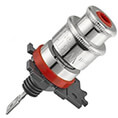





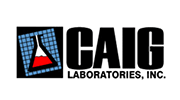














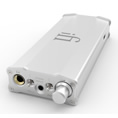
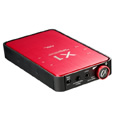
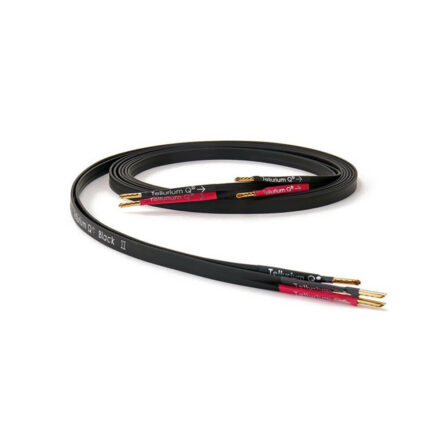





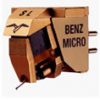
















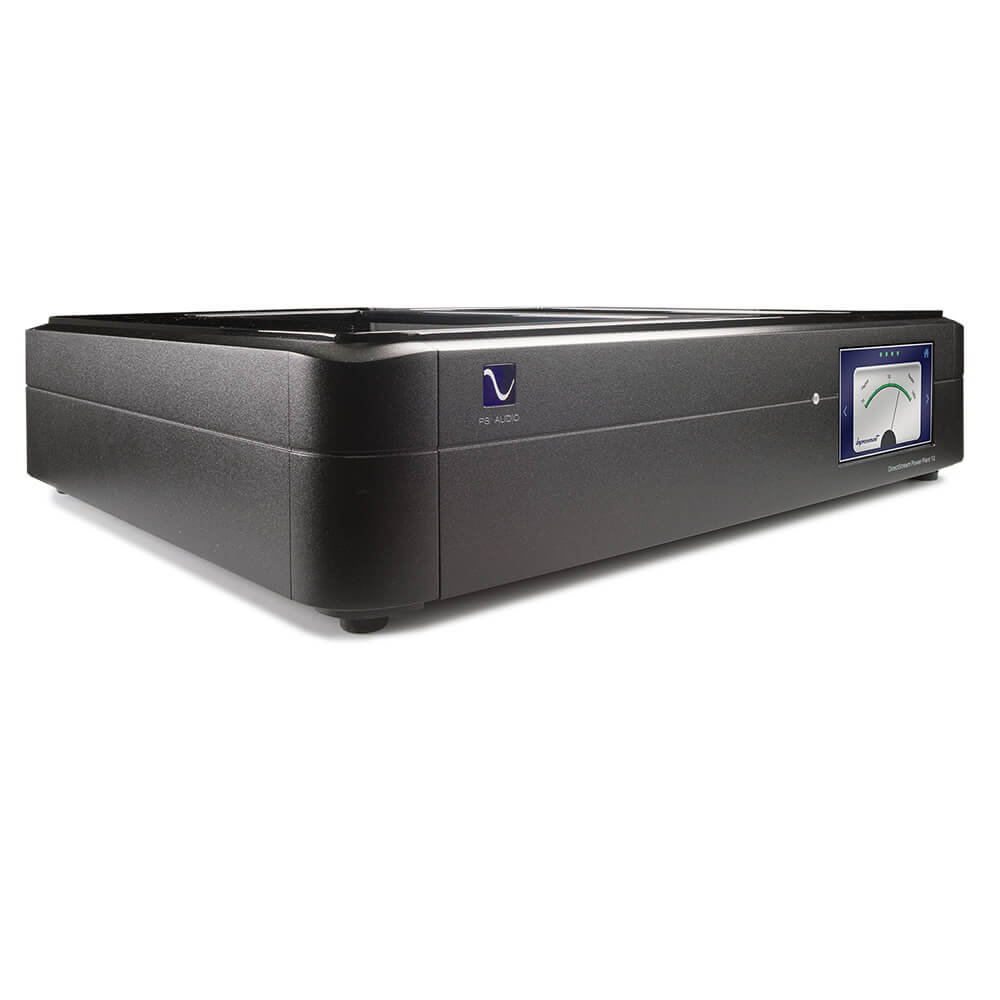

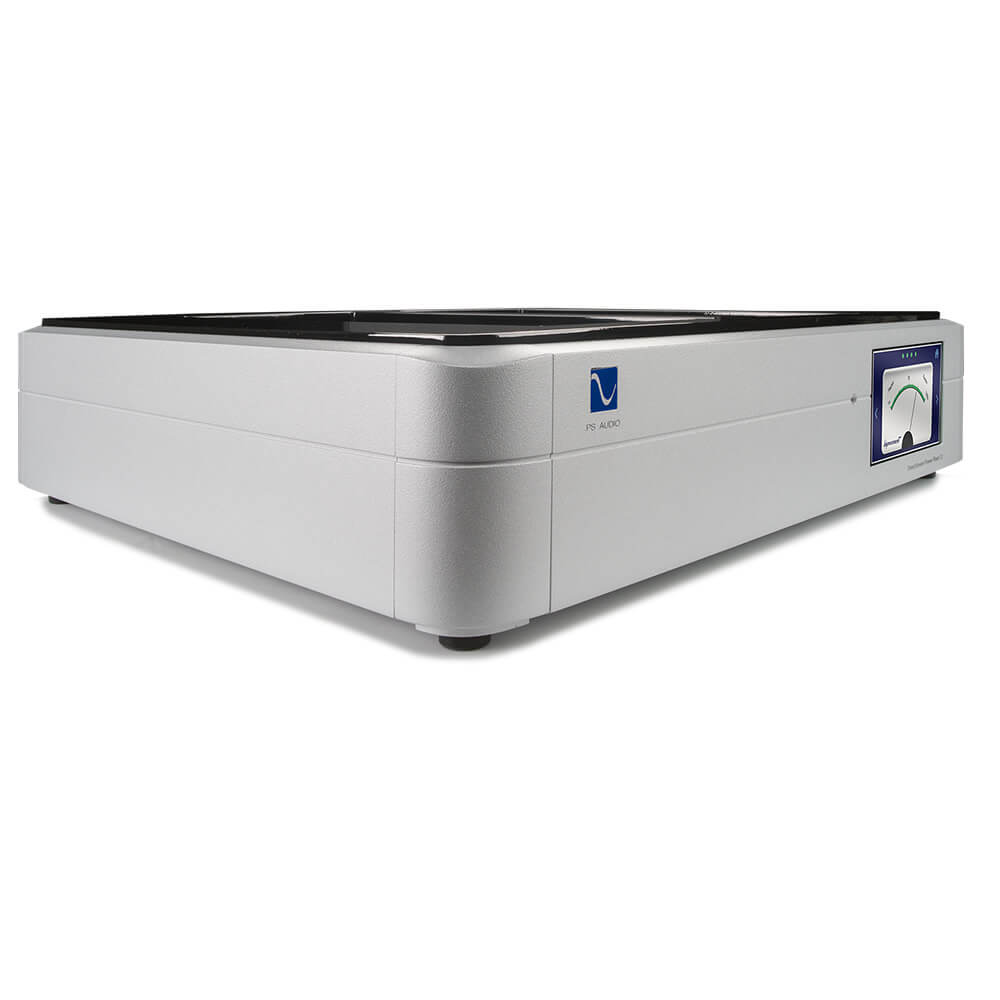
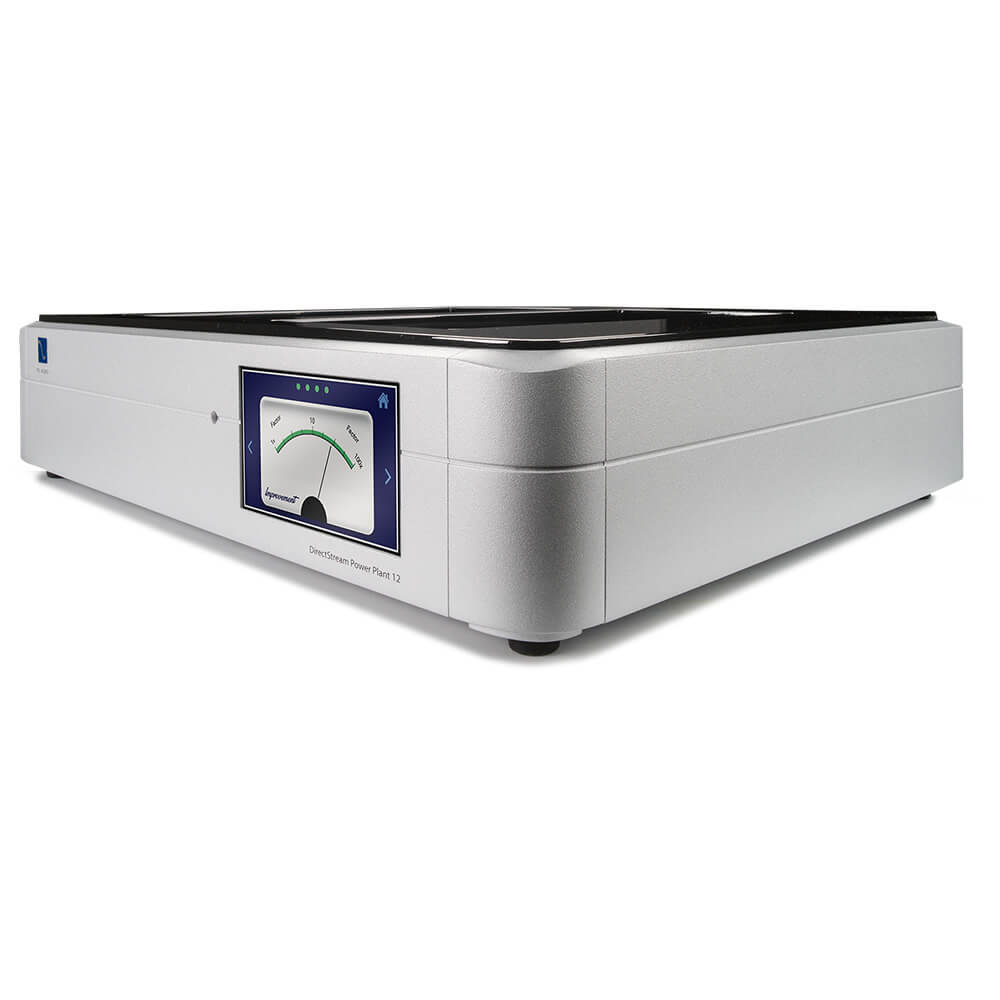




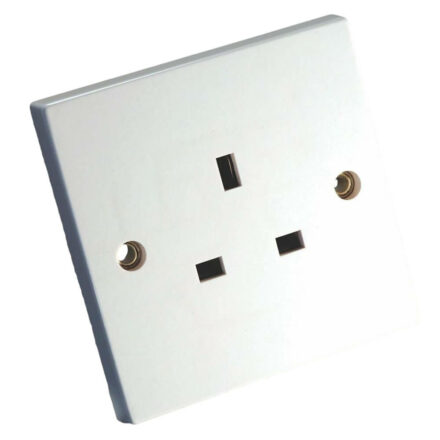


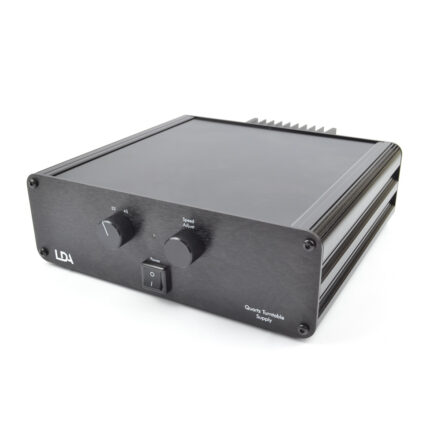




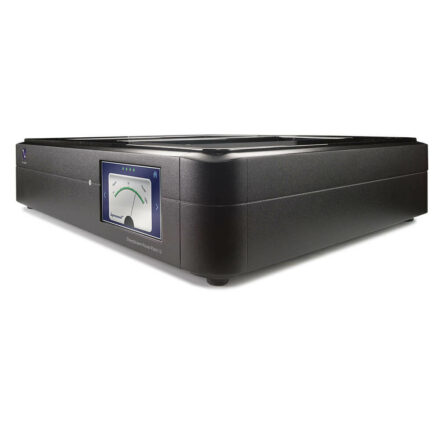




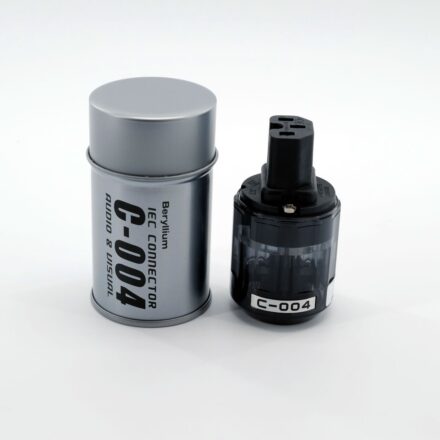












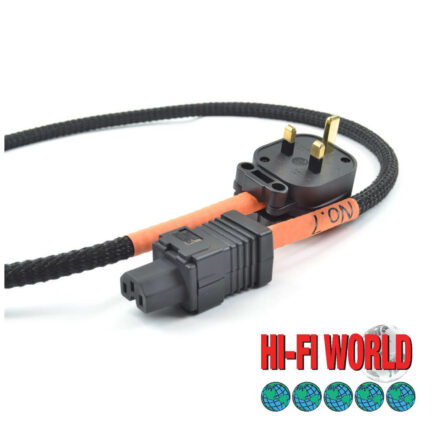













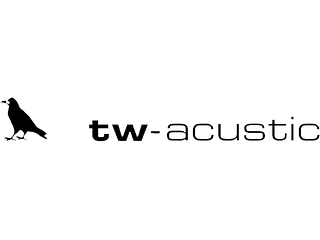



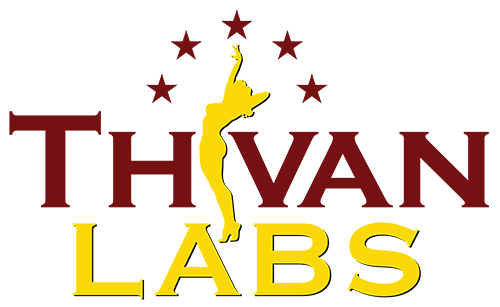



Reviews
There are no reviews yet.